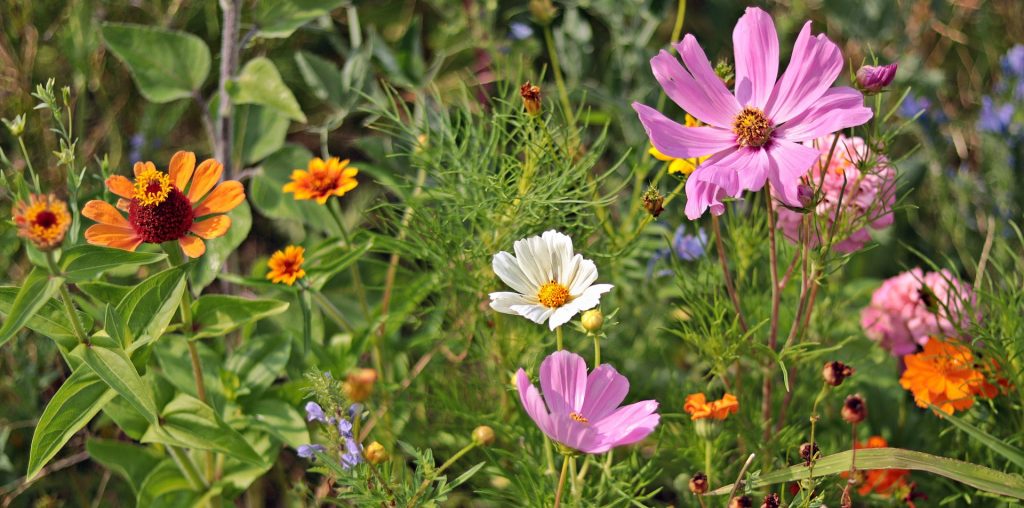
Last year, the Amazonian fires sent the world into a collective panic. The Amazon rain forest is known as our planet’s” lungs” and this panic was not misplaced. I bring it up not to diminish the importance of rain forest preservation, but as the foundation to ask an important question I first read in Bringing Nature Home by Doug Tallamy:
Why don’t we worry about the catastrophic loss of plants, animals, and insects here at home? Is it because the change has been so incremental, and yet constant, that we simply don’t perceive the scale?
According to the alarming statistics in the first few chapters of Bringing Nature Home by Doug Tallamy, we have taken and repurposed 95-97% of the land in the continental United States. 41% of that land is reserved for agriculture, and 53-55% makes up our suburban and urban residential land.
15% of the Amazonian Basin has been lost to logging. We’ve lost 70% of the forest here on the Eastern seaboard.
And what have we done with that land? Stripped it and replanted it with foreign ornamentals, which will not feed our native animal and insect populations. One doesn’t need a biology degree to surmise that less food means less biodiversity.
Tallamy uses an excellent example to explain the importance of biodiversity, or having a wide range of animal and plant species in an ecosystem, and the importance of keystone species. He explains ecosystems, such as your own backyard, as a Jenga game tower. You can remove some blocks without much consequence, but eventually, one of the blocks you remove will bring the whole tower down.
In nature, certain species of plant, animal, and or insect play such a key role in the food chain, their extinction or removal from an ecosystem will destroy it. Tallamy explains that we’ve already lost around 50% of our native bird population, and much of that is due to a lack of juicy, nutritious caterpillars!
This is where the doom and gloom begins to subside, my green-thumbed friends. While not all of us have a patch of Earth to lord over, those of us who do can be a positive change simply by choosing the plants we plant a little more mindfully.
Enter native perennials! Weeds to many people who succumbed to the propaganda of overly-manicured lawns flecked with imported species of ornamentals. While some species can be a bit…tenacious, many native wildflowers are every bit as impressive if not moreso than their useless non-native counterparts!
Aside from providing more food sources to welcome a variety of animal and insect species, planting native means working with plants that are accustomed to thrive in your zone, your soil ph and consistency. This means less work for you in the long run, healthier plants, and as I keep banging on about- more biodiversity!
I know I’m going to have a hard time convincing some of you that your lawn is one of the worst offenders in the disruption of biodiversity, so I’m not going to try…right now. Not yet. But just know, it’s coming.
No, I won’t demand that you kill your lawn today, but perhaps, consider raising the blade a little. It’s better for the grass and you’ll have less carnage happening under your mower. Maybe you don’t rip up your whole lawn, but maybe…rip up a little.
If you don’t have any earth to till, I highly encourage launching native seeds into those neglected roadside meadows and lots some of us may have around town in the fall. It’s called guerilla planting and if it’s wrong, I don’t want to be right.
Charles Bukowski once wrote, “you save the world one man at a time”. I’d argue that changing people is too hard on the heart, plant a garden instead.
Most native perennials require cold stratification to germinate, if you’d like to learn how to do that, check out this post!